Before the transformation of City Hall and the Former Supreme Court
into National Gallery Singapore, the site was witness to both trade
and war.
From December 2009 to November 2010, a team of archaeologists seized
the rare chance to dig deep (literally) into the site’s layered past
and excavated the former carpark between the two buildings (now the
Padang Atrium).
Of the 375 kilograms of unearthed artefacts, here are 10 standout
discoveries that tell stories of a forgotten past…
10 archaeological discoveries once buried beneath the Gallery
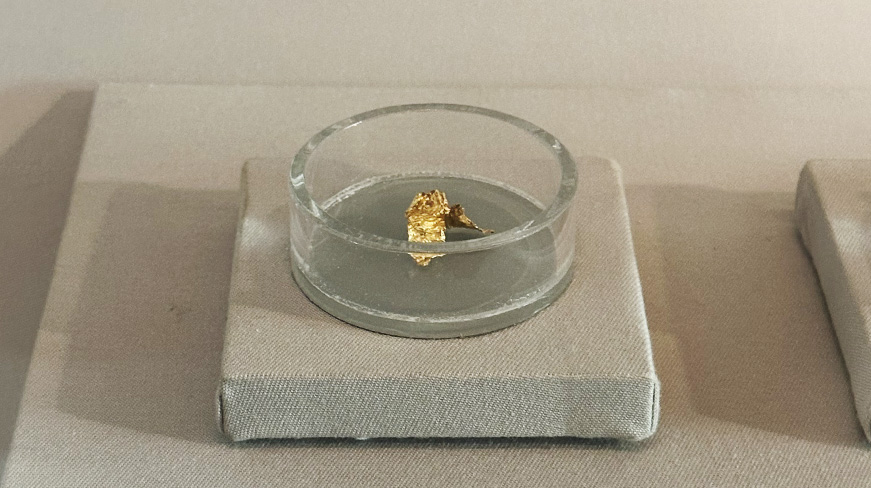

Gold foil, c. 1300s.
This delicate gold foil, thought to be a religious talisman
from East Java, likely travelled far to get here and hints at
spiritual exchanges across the seas.
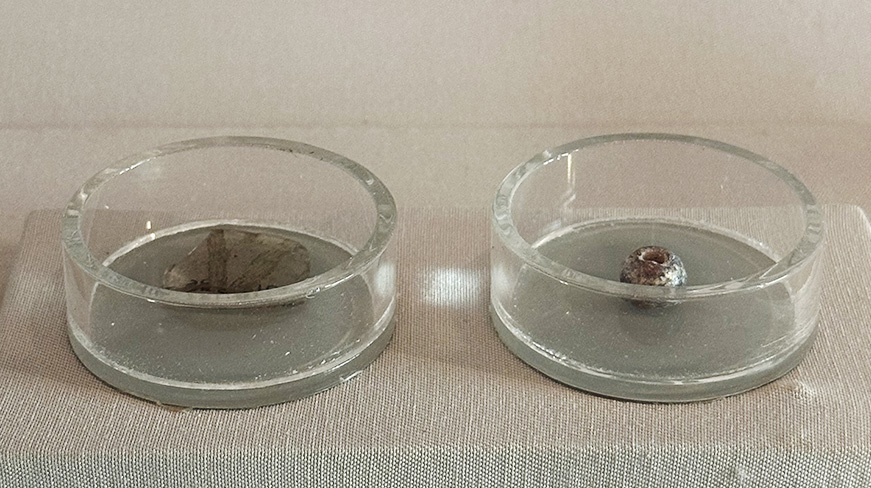

Etched glass and bead, c. 1300s.
Glass was a rare commodity in the medieval period and was
considered a luxury material. The craftsmanship on this etched
piece suggests that craft workshops existed even then.
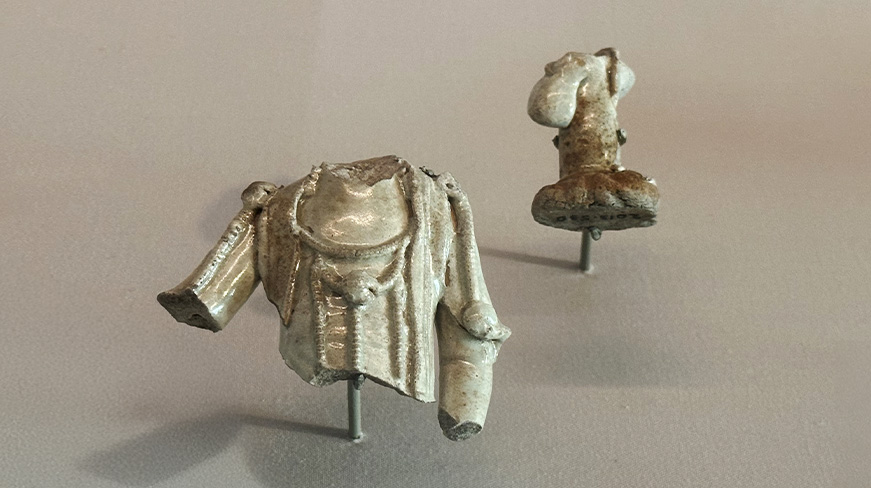

Qingbai porcelain, c. 1300s.
The first religious figurine to be uncovered in an
archaeological excavation in Singapore, this qingbai (white
with a blue-green tint) porcelain torso of Bodhisattva
Avalokitesvara (or Guanyin) dates to the Yuan dynasty (c.
1271–1368).
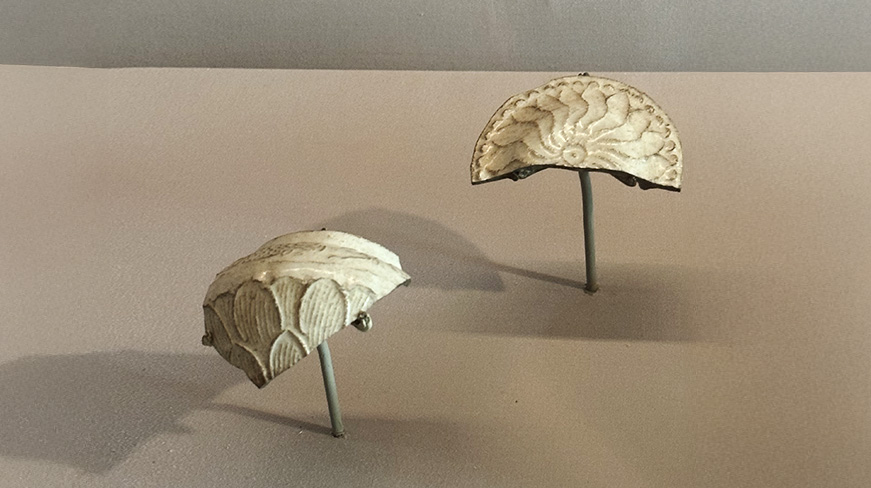

White porcelain jarlet and lid, c. 1300s.
Fish and floral motifs decorate this vessel, which was
probably made in the Dehua kilns in Fujian, southern China.
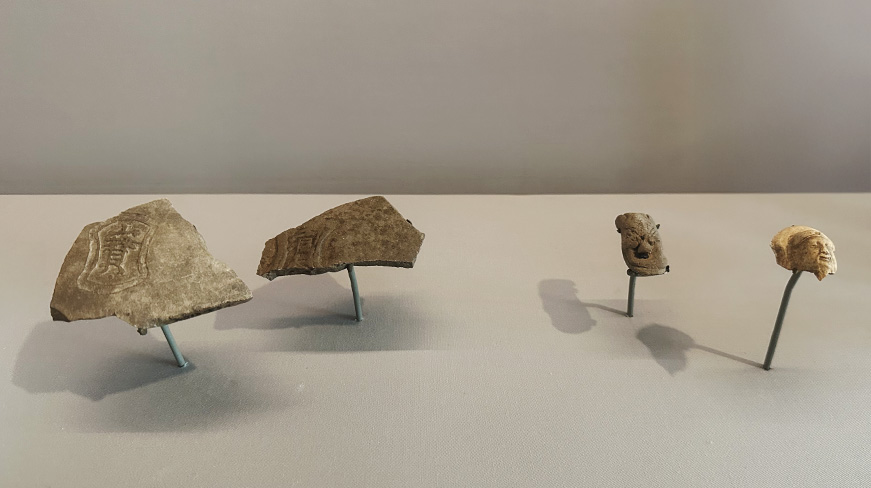

Stoneware, c. 1300s.
Simple, sturdy, and from Guangdong province, this stoneware
links back to the days of Temasek – which was the old name of
Singapore before it was replaced by “Singapura” in the 14th
century.
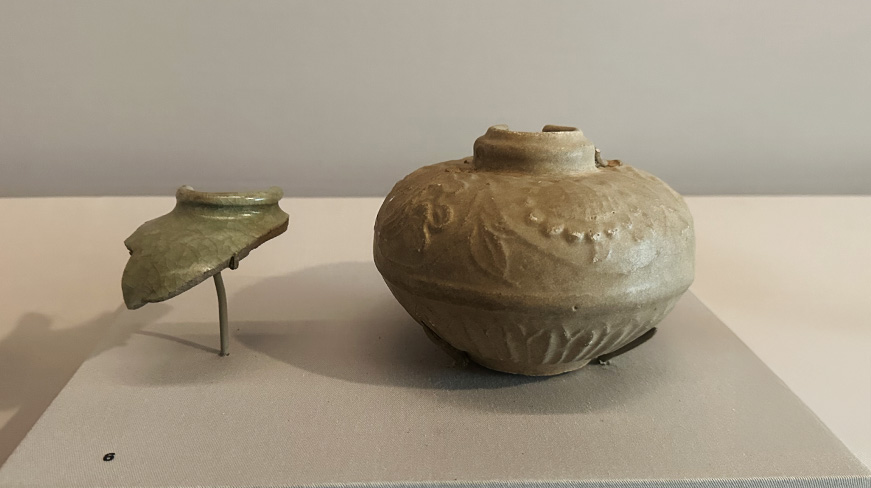

Celadon jarlets, c. 1300s.
Celadon was a green glaze developed by Chinese potters and was
prized for mimicking the qualities of jade. These were
typically produced near the bustling port of Quanzhou, Fujian,
suggesting that Temasek was once part of global trade.
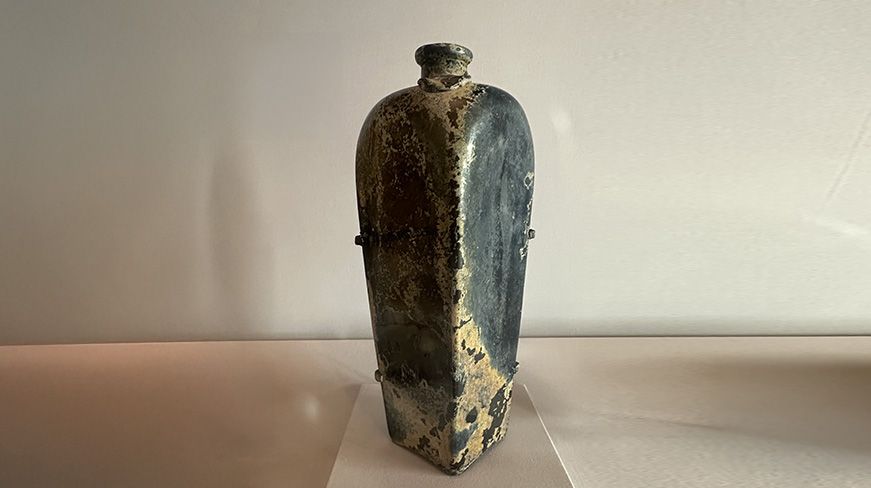

Glass gin case bottle, c. mid 1800s.
Made in Holland or Great Britain, it remains as evidence of
imported indulgences... and maybe an impromptu party.
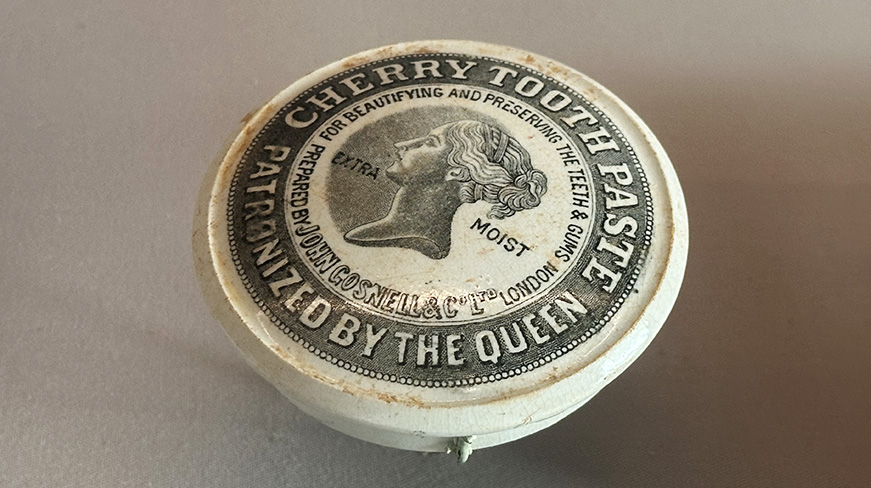

White earthenware lid of a toothpaste jar, c. late 1800s.
A clay lid for toothpaste storage? It’s proof that even in the
1800s, people cared about dental hygiene.
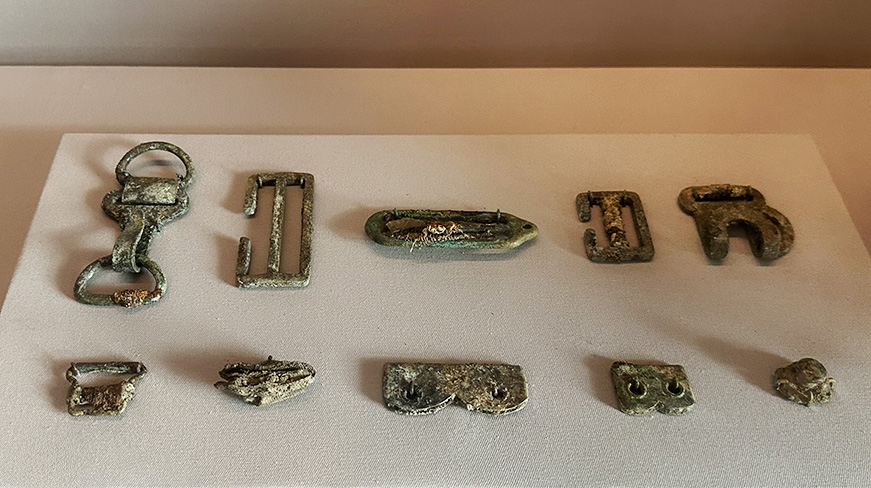

Metal fillings from British military webbing, c. 1942.
Part of an infantry soldier’s kit and disposed in a wartime
slit trench in the Padang, which doubled as an air raid
shelter during the Japanese Occupation.
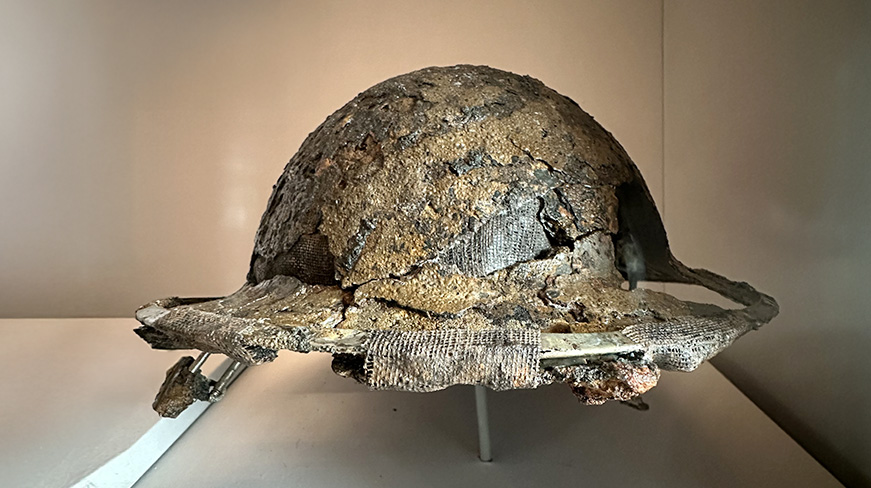

British steel military helmet from World War II, c. 1940.
Left behind during a turbulent chapter of our history, this
British military helmet is a haunting reminder of Singapore’s
WWII history.



